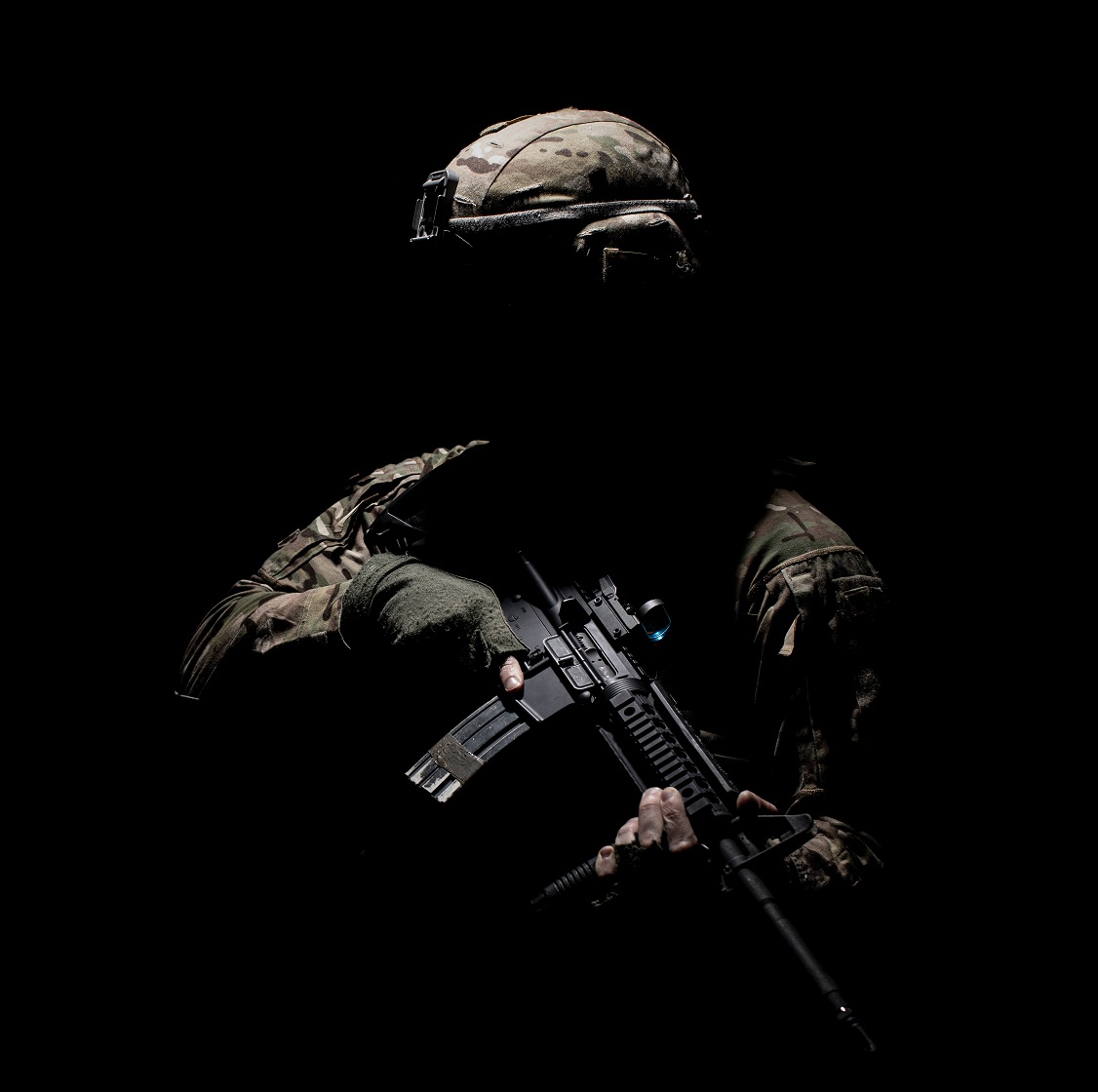Kevlar applications include protective gloves, body armor, racing sails, and bicycle tires. In response to an 80% spike in knife crime crimes between 2014 and 2019, a large UK police force initiated a battery of penetration tests on its overt and covert stab-proof vests built in the Far East. The experiments used genuine knives obtained through various amnesty programs. This research aimed to collect data on the performance of new and worn vests about how much force they could withstand in various environments and over time. The degree to which the shoulders, sides, chest, and back all had varying degrees of penetrability was a particular concern.
On a weight-for-weight basis, Kevlar is five times stronger than steel, making it one of the most robust materials in the world. As a result of its high tensile strength-to-weight ratio, Kevlar is currently the most widely used material to produce body armor and so-called “stab-proof” clothing. Kevlar vests with built-in protection against knives and knife wounds are more comfortable and can be worn for an extended period. It is better for skin contact since the Kevlar panels are encased in softer fabric carriers. Kevlar vests can protect the wearer from sharp items like knives, spikes, and shattered bottles, preventing injuries to the wearer.
A Kevlar vest can be further strengthened by having a dense weave—a dense weave results in an even more formidable armor. Because of the intricate interweaving of the threads, it is extremely difficult for a weapon to cut through the fabric without using a significant amount of force. Unlike other vests where a knife will easily penetrate the woven fabric, a sharp, pointed object will force the fibers in a Kevlar vest to migrate around the point, slowing the rate at which the item can pierce the vest and avoiding a full-puncture state.
For more articles, please click here.
